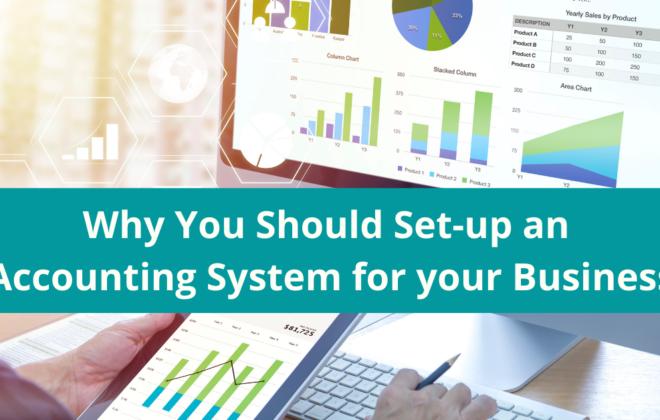Five Financial Ratios That Every Business Owner Must Know
Financial ratios are powerful tools that can provide valuable insights into a company’s financial health and performance. By analyzing these ratios, business owners can make informed decisions and take proactive steps to improve their financial position.
We will discuss the five essential financial ratios that every business owner should know and understand, and why they are crucial for the success of their business.
1. Current Ratio
The current ratio is a liquidity ratio that measures a company’s ability to meet its short-term obligations. It is calculated by dividing current assets by current liabilities (Current Assets / Current Liabilities). This ratio is important because it indicates whether a business has enough assets to cover its immediate liabilities.
A current ratio of less than 1 suggests that a company may have difficulty paying its bills, while a ratio of more than 1 indicates a healthy financial position. By monitoring the current ratio, business owners can ensure that they have enough working capital to sustain their operations and avoid cash flow problems.
2. Debt-to-Equity Ratio
The debt-to-equity ratio is a leverage ratio that measures the proportion of a company’s financing that comes from debt compared to equity. It is calculated by dividing total debt by total equity (Total Debt / Total Shareholders’ Equity).
This ratio is important because it shows the level of financial risk a business is taking by relying on debt to finance its operations. A high debt-to-equity ratio indicates that a company has a significant amount of debt relative to its equity, which can make it vulnerable to financial distress.
By keeping the debt-to-equity ratio in check, business owners can maintain a healthy balance between debt and equity and reduce the risk of insolvency.
3. Gross Profit Margin
The gross profit margin is a profitability ratio that measures the percentage of revenue that remains after deducting the cost of goods sold. It is calculated by dividing gross profit by revenue and multiplying by 100 ( Gross Profit / Revenue X 100).
* Gross Profit = Sales – Cost of Goods Sold
This ratio is important because it indicates how efficiently a company is managing its production costs and pricing its products or services. A high gross profit margin suggests that a business is generating a healthy profit from its core operations, while a low margin may indicate inefficiencies or pricing problems.
By monitoring the gross profit margin, business owners can identify areas for cost reduction or pricing adjustments to improve profitability.
4. Return on Investment (ROI)
The return on investment is a profitability ratio that measures the return generated from an investment relative to its cost. It is calculated by dividing net profit by the cost of investment and multiplying by 100 (Net Profit / Investment X 100).
This ratio is important because it helps business owners assess the profitability of their investments and make informed decisions about future investments. A high ROI indicates that an investment is generating a significant return, while a low ROI suggests that an investment may not be worthwhile.
By calculating and analyzing the ROI, business owners can allocate their resources effectively and maximize their returns.
5. Cash Flow Coverage Ratio
The cash flow coverage ratio is a solvency ratio that measures a company’s ability to meet its debt obligations from its operating cash flow. It is calculated by dividing operating cash flow by total debt (Operating Cash Flow / Total Debt).
This ratio is important because it shows whether a business has enough cash flow to cover its debt payments. A cash flow coverage ratio of less than 1 indicates that a company may struggle to meet its debt obligations, while a ratio of more than 1 suggests a healthy financial position.
By monitoring the cash flow coverage ratio, business owners can ensure that they have sufficient cash flow to service their debt and avoid default.
Understanding and monitoring these five essential financial ratios is crucial for every business owner. These ratios provide valuable insights into a company’s financial health, performance, and risk profile.
By analyzing these ratios regularly, business owners can make informed decisions, identify areas for improvement, and take proactive steps to ensure the long-term success of their business.
——————
Running a successful business requires more than just a great product or service. It also requires a deep understanding of the financial health of the company. One way to gain this understanding is by monitoring the five essential financial ratios.
If you may not have the time or expertise to monitor the financial health of your company, DJKA Business Solutions, Inc. can assist you. Our team would be happy to help business owners like you understand and monitor these ratios that are significant in your company’s decision-making and business success.
For more information, you may email us at info@djkaaccounting.com
Related Posts
Recent Posts
- How to Process the Sworn Declaration Required by BIR for Electronic Marketplace Sellers
- Understanding Tax Compliance for e-Marketplace Businesses
- Who Needs to Submit GIS to the SEC?
- Understanding these Financial Ratios for Business Decision-Making Purposes
- What you Should Know about the Ease of Paying Taxes Act





